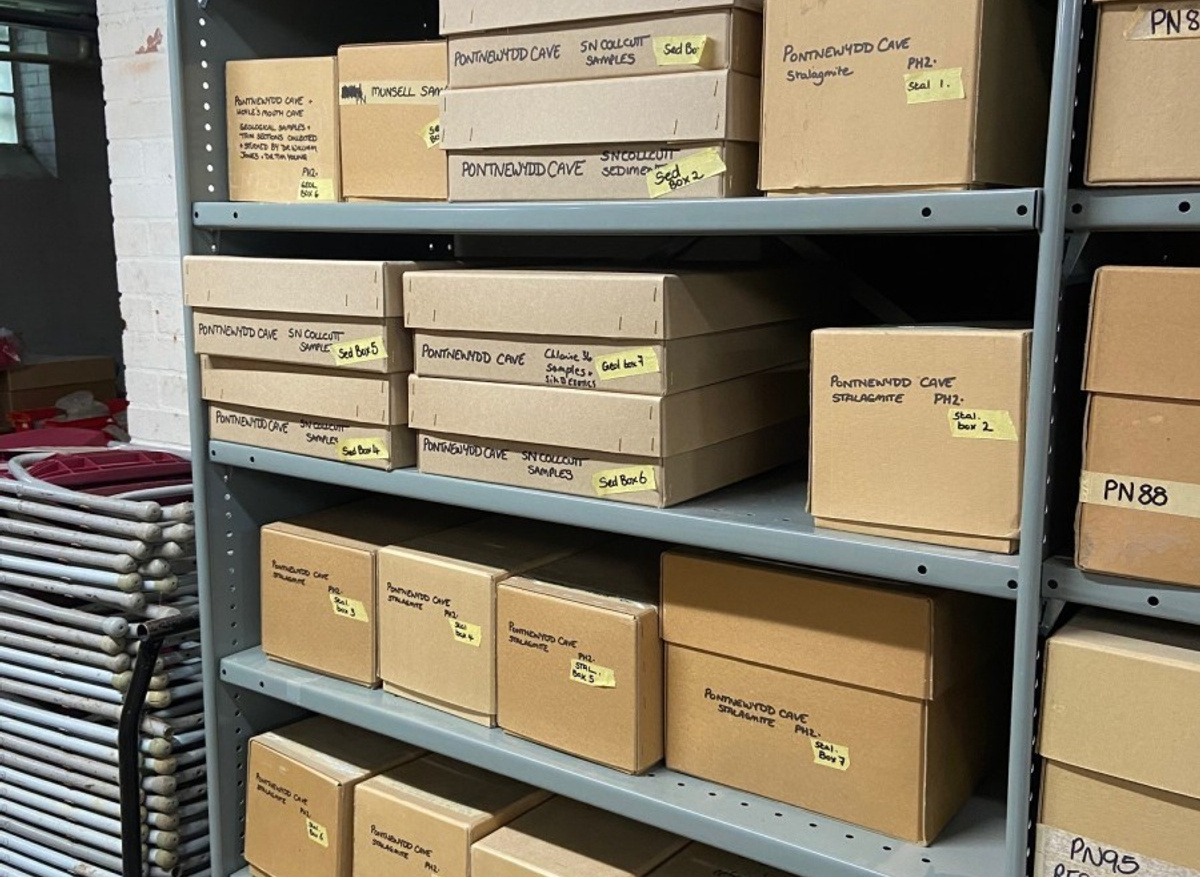When I began working in archaeology, I quickly realised that no two days were ever going to be the same. There is always something new to discover on a site, in a box or in a book. This past year working from home and getting projects completed has led me to some new discoveries and made me write down my own ideas about some of the sites I have worked on. As these projects come to their end; I realise that all the good finds have been documented, photographed, illustrated and are almost ready to be published. The paper files have been sorted, and organised in acid-free folders, and accessioning of these is underway. Even the digital files are now listed and ready to be archived. But despite all this, the storeroom is still looking packed with the remnants of bags of soil, sieved residues and some natural stones.
So what to do about this? Do we need to keep it all? Our Museum’s store is crowded and what will keep a mountain of soil for the future entail, both in terms of space and documentation, but also in terms of future benefit? I ask myself if I have searched for sacks of soil excavated by others from these sites. The answer is no, when I wanted soil, I obtained permission to excavate a small corner of the site, to retrieve my own core, my own samples. I could then be certain of their origin and safely analyse them in the knowledge that no-one has been there before and removed even a handful of stones from it. What do I think future researchers will do? – Probably the same as me – collect their own. So, a sort out is in order.
My day in archaeology today is going to involve me opening all these boxes, checking what is in each of them and deciding what needs to be kept and what should be discarded. This will involve a basic sort by type of sample and once these are all grouped, I shall look at them and decide which might be useful in the future. An unopened core through the sediment would merit retention as there are photographs of exactly where it was removed from. But sieved soil sample residues can be discarded.
Once my selection is made, I shall order the contents into a logical, numerical sequence in boxes that fit the shelves and which are not too heavy to lift. I then need to get the finds books out to check that what I have decided to keep does have a good archaeological context to it. I can then give it a unique accession number, go back to the storeroom and write that number on the relevant bag. Then it is back home with a photocopy of my notes and tomorrow I will enter the information onto the database. Sometime in the next few months I will arrange to discard all these rejected bags of soil and will have cleared a corner of the store ready for my next project. I wonder – what should I do next?

